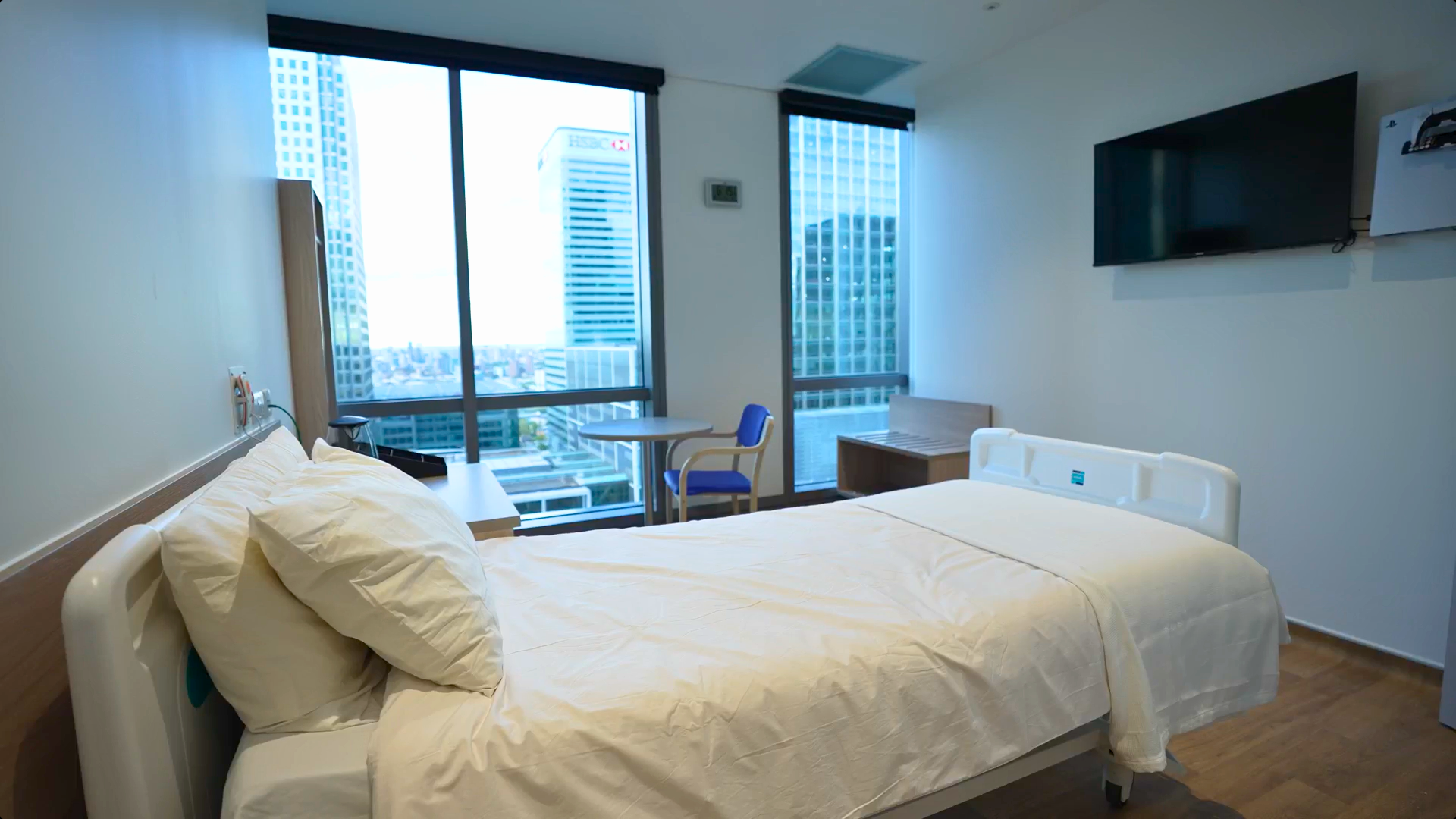From the moment researchers begin to plan out a clinical trial, it needs to be monitored. This helps ensure that there are no biases in the process of conducting the study, helps take care of patient safety, and improves the overall accuracy of results. Clinical trial monitoring takes place until the entire study is concluded. In this article, you’ll learn more about the role of monitoring, how it works, and the processes involved.
What is clinical trial monitoring?
Clinical trial monitoring involves a process where every part of the study is monitored. This is a mandatory process that’s required with any kind of clinical trial. It starts when the planning of the trial is initiated and continues until the end.
The monitoring process helps ensure that the study complies with specific protocols that have been set out by regulatory bodies. It also makes it easier to record, organise and store important data related to the trial, and ensures that all adverse reactions experienced by patients are recorded. Monitoring also ensures that patients complete informed consent documentation and understand what they are signing up for. In many cases, clinical site monitoring plays an important role, but remote options are also important.
The purpose of clinical trial monitoring
Understanding the role of clinical trial monitoring is important. It’s a process that makes sure that every patient who signs up for the trial is safe. The process can also effectively detect issues that are present with regulatory compliance and ensure that researchers make adjustments to keep in line with industry regulations.
The clinical trial monitoring process essentially protects the patients against potential side effects from the medication used in the trial.
Who is responsible for monitoring clinical trials?
The MHRA is the main body that regulates clinical trials in the UK. It is involved in not only approving a clinical trial, but also playing a role in the final decision as to whether or not an intervention can go to market. This body also ensures that clinical trials are properly monitored and follow GCP guidelines.
There are other bodies involved with the clinical trial monitoring process, including sponsors, who essentially fund the organisation conducting the study. The organisation, in turn, handles all the tasks involved with the trial and will also be responsible for monitoring the safety and efficacy of the interventions.
Independent Monitoring Boards have third parties that will also look at how the trial is being conducted and ensure that safety is a priority. There are also Research Ethics Committees that take an ethical approach to the monitoring process.
The four types of clinical trial monitoring
There are different types of clinical trial monitoring processes that can be used in this industry. Each plays its own role in ensuring patient safety, collecting data regarding the efficacy of the intervention, and comparing the operations of the trial to regulations. We’ll look at the four main types of monitoring techniques in this section. Note that a combination of types are used to provide a more comprehensive monitoring process.
On-site monitoring
Clinical site monitoring involves the experts responsible for overseeing the compliance and safety of the trial visiting the location where it is being conducted. The clinical research associate, who forms part of the medical team, will review the data that the study has collected, and consider how it’s being done. This involves reviewing how the study is being conducted and whether there’s a strong adherence to protocols. It also ensures that everything is in compliance with regulations.
Remote monitoring
As clinical study results are collected, the information is recorded into an electronic data capture system. This allows details of the trial to be monitored remotely, ensuring that regulatory bodies can keep an eye on how the study progresses and detect issues faster. This is also the data that third parties will usually look at.
Centralised monitoring
A centralised monitoring strategy involves one specific location where experts are involved in keeping an eye on the study. It’s a monitoring strategy that helps detect problems with the data that researchers collect. It can also be used to identify specific trends and patterns with data analytics and risk-based strategies.
Risk-based monitoring
A risk-based monitoring solution is used to create awareness of the potential for adverse effects that patients may experience. Risks are identified, and the resources are allocated to areas of the study that carry the highest risks. This helps to target escalating problems before they become serious.
Why are trials sometimes stopped early?
Sometimes, a clinical trial is stopped early. There are several reasons why this can happen, including:
- There are too many cases of patients experiencing side effects.
- The side effects are more serious than expected.
- The drug or intervention does not seem to be efficient at treating the specific condition it’s meant to help.
Stopping a trial before its completion is a serious decision that involves the regulatory bodies and several other authorities. The reason for cancelling the study is usually identified during clinical trial monitoring.
When are trials extended?
There are some cases where clinical trials are extended. This can happen when clinical trial monitoring shows there are problems with the existing methods or the study encounters other problems.
Some of the most common reasons that a trial may be extended include the following:
- There are too few participants in the study to draw an accurate conclusion. This is often the case when a placebo group is used, as both groups need to have enough participants to properly determine an outcome.
- When the clinical trial runs into unexpected results, such as a side effect that wasn’t previously documented. In this case, the trial may be extended to help gather more details on the side effect and see why it happened.
- If the results from the initial study are inconclusive, it may be extended to help the researchers gather more data.
Before the trial is extended, an application must be sent to the regulatory bodies. They will take into account the data from the clinical trials monitor and decide whether an extension is viable.
How are long-term results collected?
After the clinical trial ends, many researchers will continue to collect data. For example, the researchers may occasionally check up with the participants who were involved with the study. This helps to gather more details about the long-term effects of interventions. Apart from allowing researchers to get more information about the long-term efficacy, this strategy also gives them more details about its safety.
One of the main reasons for the continuous collection of data is that clinical trials are usually conducted over short periods of time. While some do consider the impact of an intervention over a couple of years, collecting long-term feedback allows these researchers to look at the impact over a much longer period and outside of the trial setting.
What next?
Clinical trials need to be monitored consistently. There are various types of monitoring operations, such as on-site and remote solutions. This ensures patient safety and the accuracy of the results they obtain. The process plays a role both during the study and in the long term as research continues to collect data. FluCamp offers a diverse range of paid clinical trials to eligible individuals and provides compensation. Get in touch with FluCamp to discover upcoming trials.
















